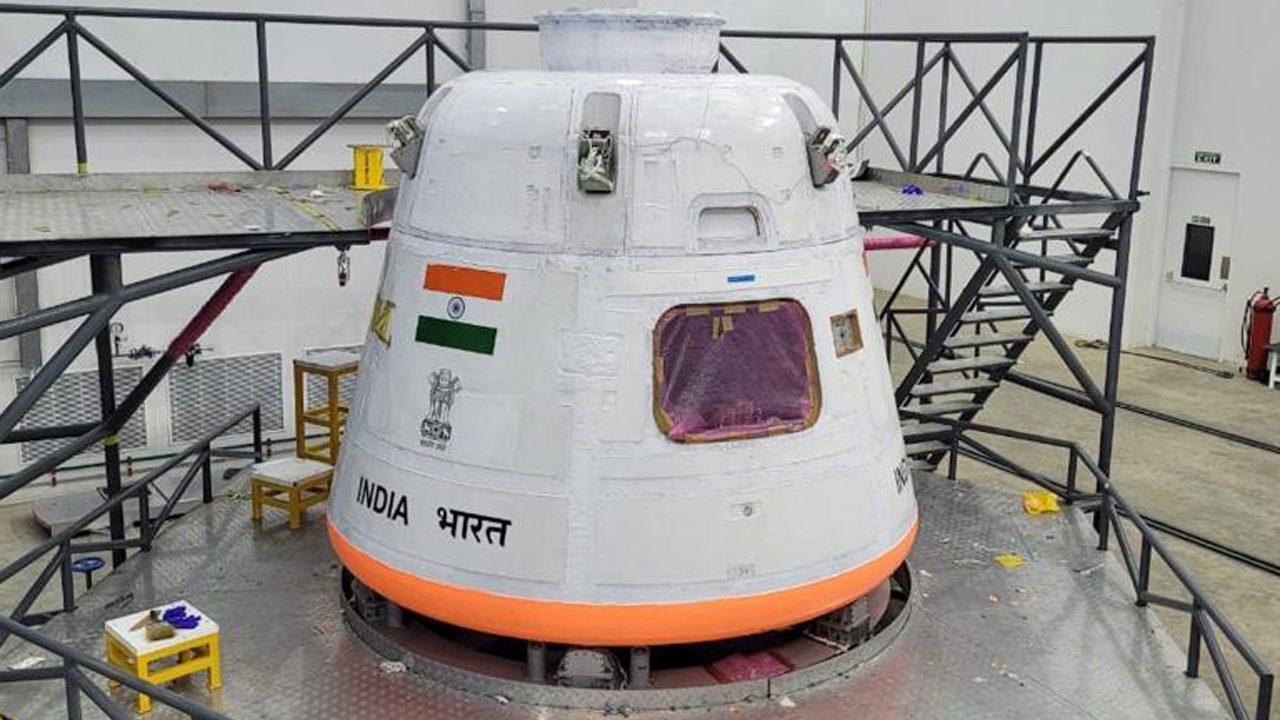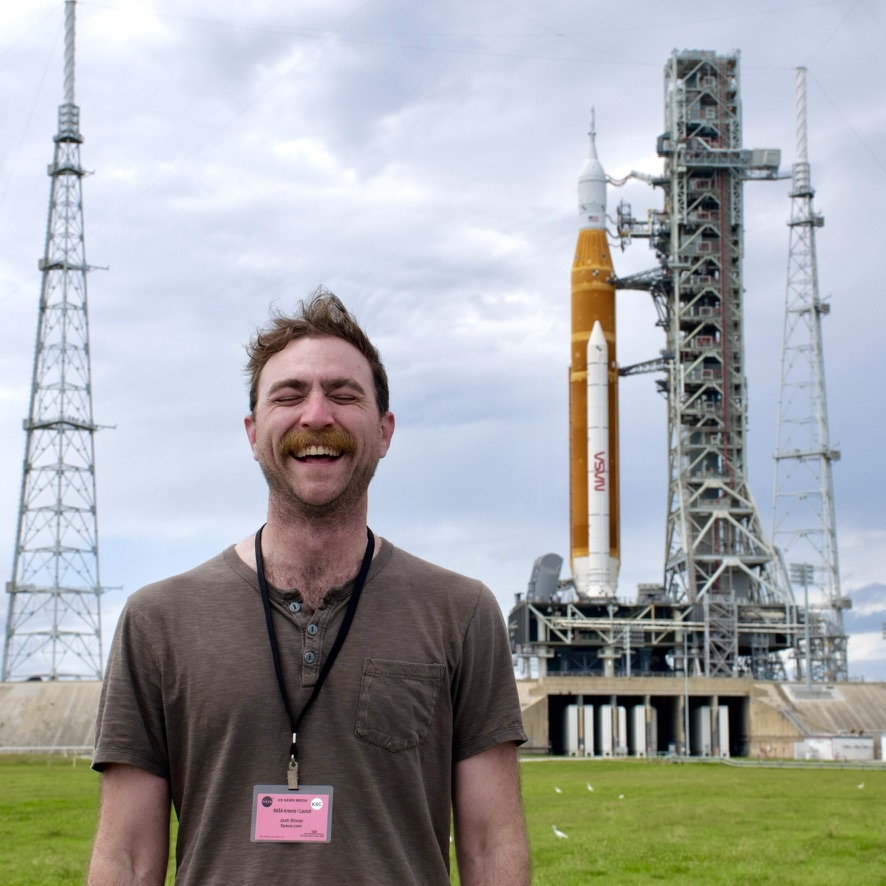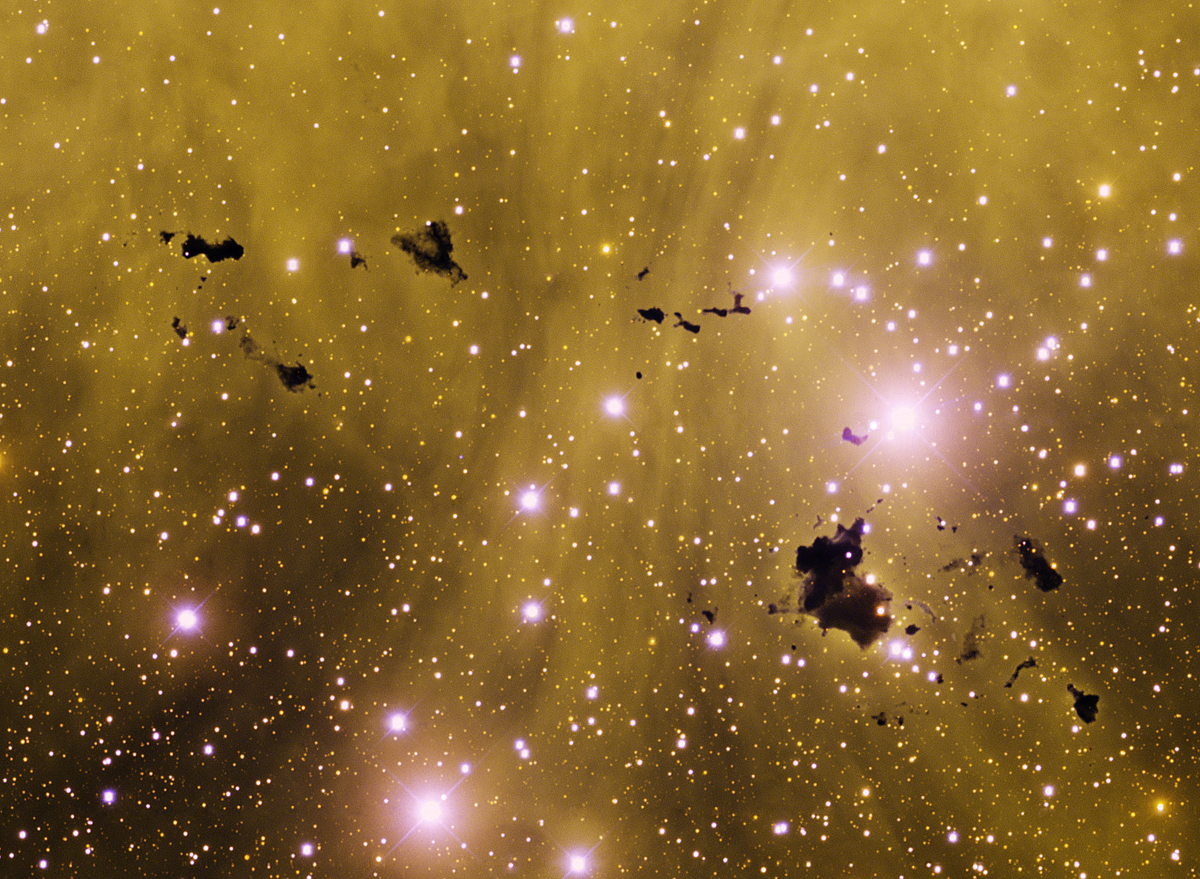India delays 1st Gaganyaan astronaut launch to 2027
India wants to make sure it gets things right before putting lives on the line.

India now plans to launch astronauts to space no sooner than 2027, shifting the goal post for the country's first human spaceflight yet again.
Indian space minister Jitendra Singh announced the latest delay during a press conference Tuesday (May 6), running through the progress of India's crewed spaceflight program and providing an updated timeline for its first Gaganyaan crewed missions.
The Indian Space Research Organisation (ISRO) is now targeting the first quarter of 2027 for its first astronaut launch, which was originally planned to fly in 2022. The landmark human spaceflight will be preceded by a trio of uncrewed launches to further qualify the rocket and ground infrastructure.
"We have to accomplish three uncrewed missions before targeting the actual crewed mission because there is life involved," Singh said.
The first of those three long-delayed uncrewed Gaganyaan missions, known as G1, is slated to launch in the fourth quarter of this year, and will carry a half-humanoid robot named Vyomitra (Sanskrit for "space friend") to collect data in flight.
The second and third Gaganyaan missions, G2 and G3, will also carry Vyomitra, and will launch in 2026. The first crewed mission, dubbed H1, will fly in the first quarter of 2027.
India's astronauts, or Gaganyatris, for the H1 and H2 missions were selected in Februrary 2024. They are Prasanth Balakrishnan Nair, Ajit Krishnan, Angad Pratap and Shubhanshu Shukla, all of whom served as test pilots in the Indian air force.
Breaking space news, the latest updates on rocket launches, skywatching events and more!
The Gaganyatris will launch in pairs aboard H1 and H2, lining India up to become only the fourth country to independently launch people into orbit, after the United States, the Soviet Union/Russia and China. The missions will carry them into low Earth orbit for about three days before a splashdown back on Earth. The quartet are currently in their final phase of training, according to Singh.
The missions will launch India's Gaganyaan spacecraft on an ISRO Human-rated Launch Vehicle Mark-3, or HLVM3, rocket. The four-stage launch vehicle stands 143 feet (43.5 meters) tall, with two solid rocket boosters, and a newly designed capsule ejection tower to separate the crew and spacecraft from the rocket in case of emergency.
During his presentation, Singh also gave development updates on Gaganyaan mission infrastructure including launch pad interfaces, a mission control center, crew evacuation contingencies and communications systems. Between ground support hardware and the launch vehicle, Singh said development is 90% complete, with only the final phases of qualifications left.
"All propulsive stages are ready today… All structures are qualified and crew module and service modules are realized. It is undergoing the final phase of integration and testing," Singh said.

Josh Dinner is the Staff Writer for Spaceflight at Space.com. He is a writer and photographer with a passion for science and space exploration, and has been working the space beat since 2016. Josh has covered the evolution of NASA's commercial spaceflight partnerships and crewed missions from the Space Coast, as well as NASA science missions and more. He also enjoys building 1:144-scale model rockets and human-flown spacecraft. Find some of Josh's launch photography on Instagram and his website, and follow him on X, where he mostly posts in haiku.
You must confirm your public display name before commenting
Please logout and then login again, you will then be prompted to enter your display name.
